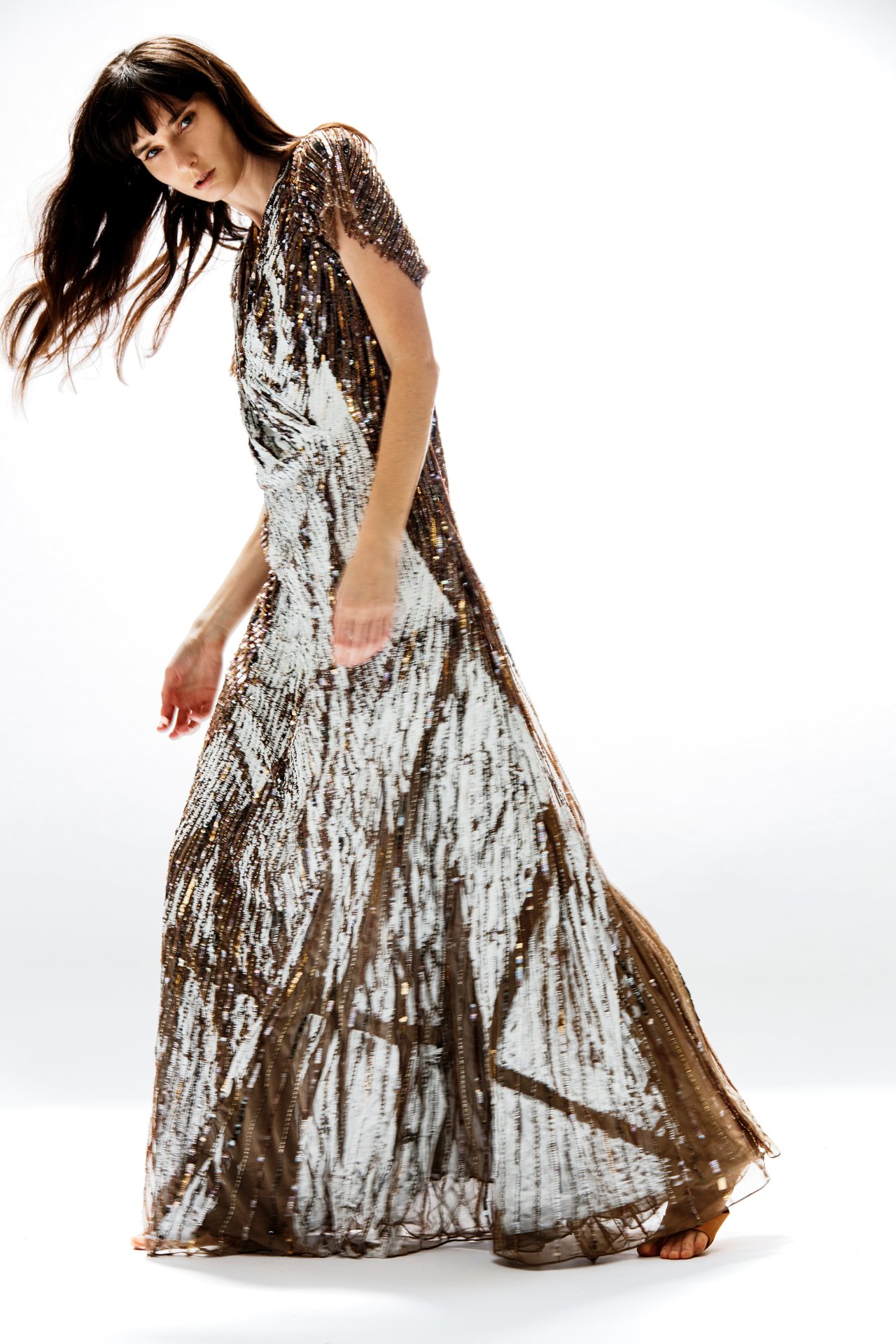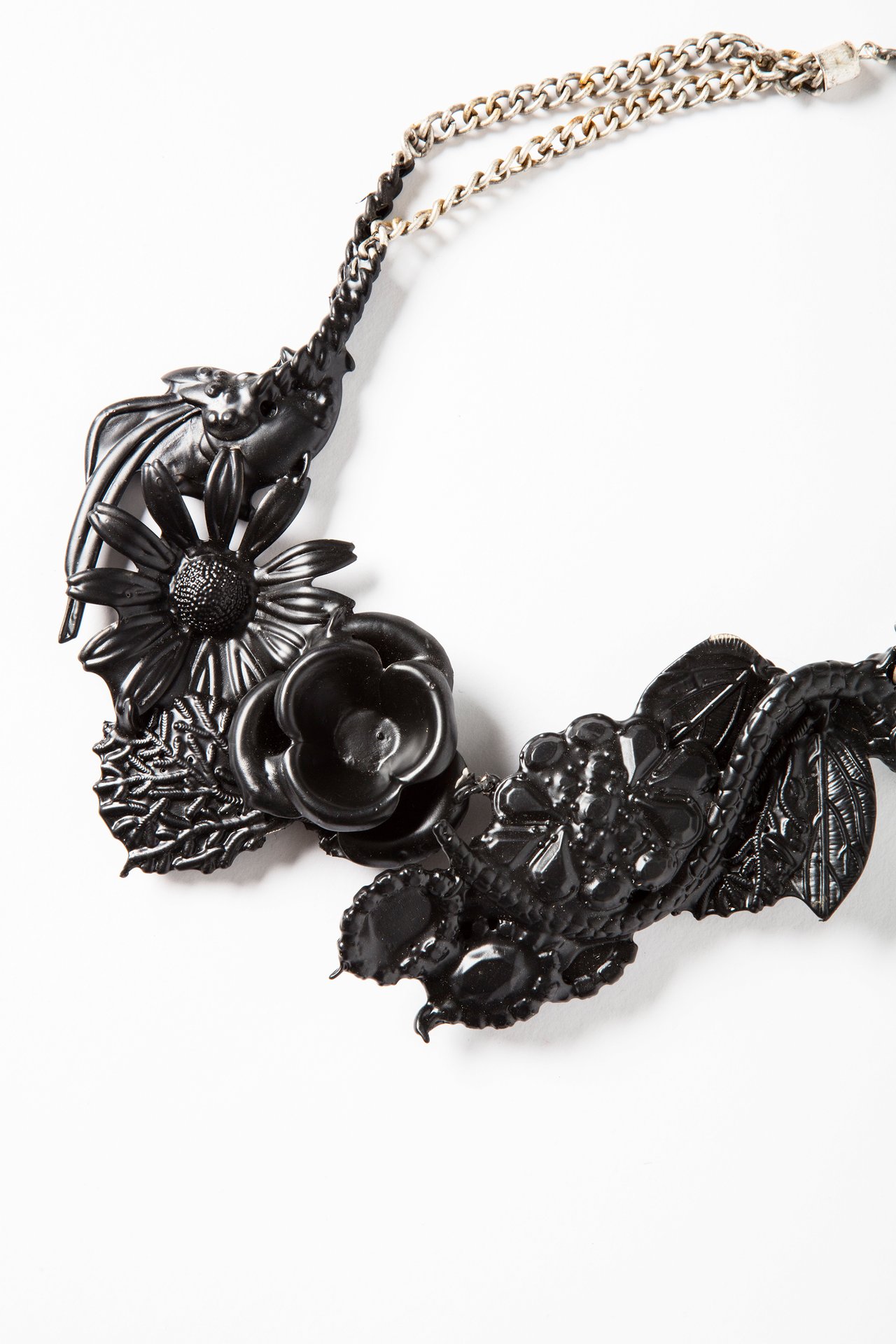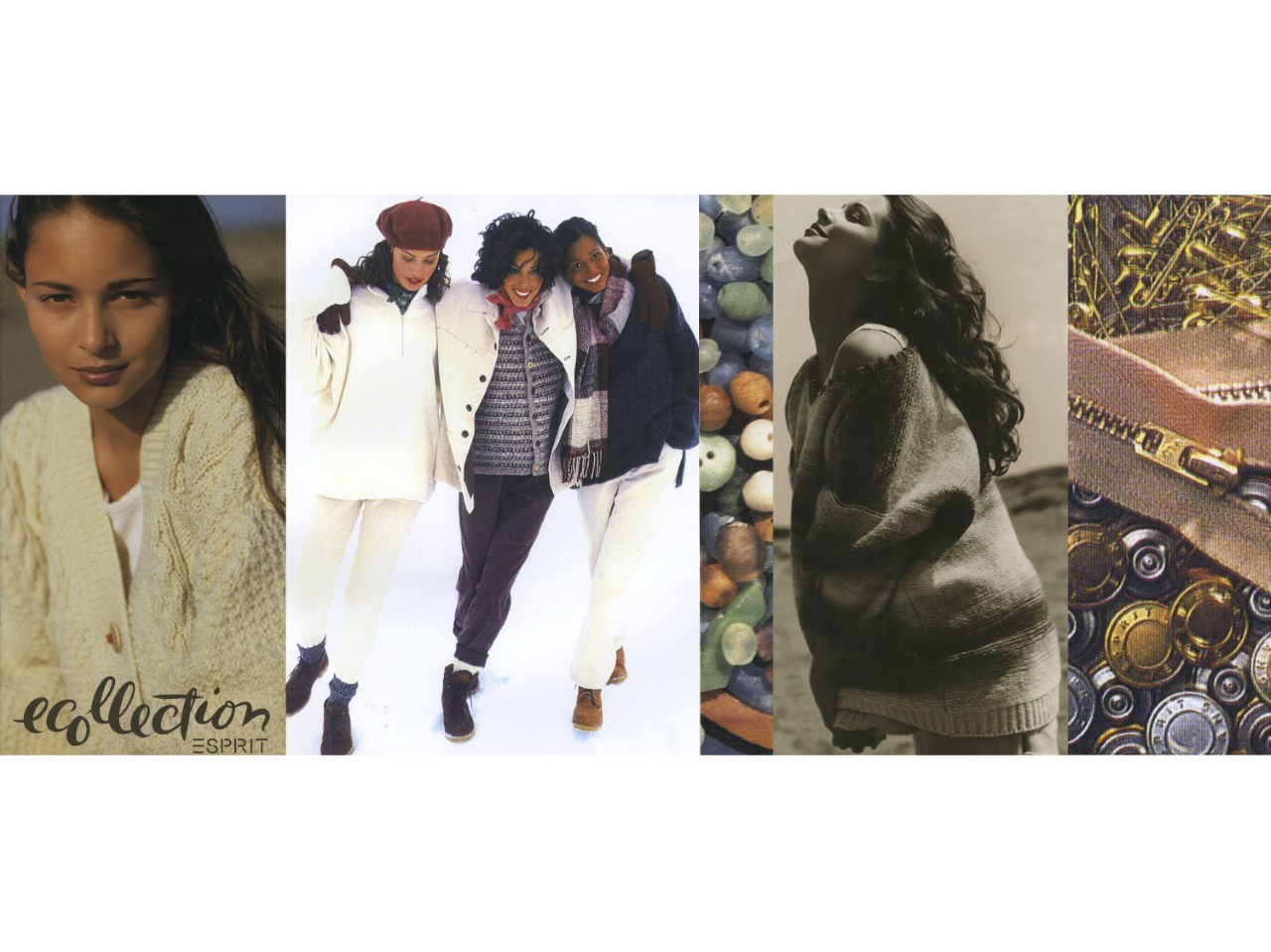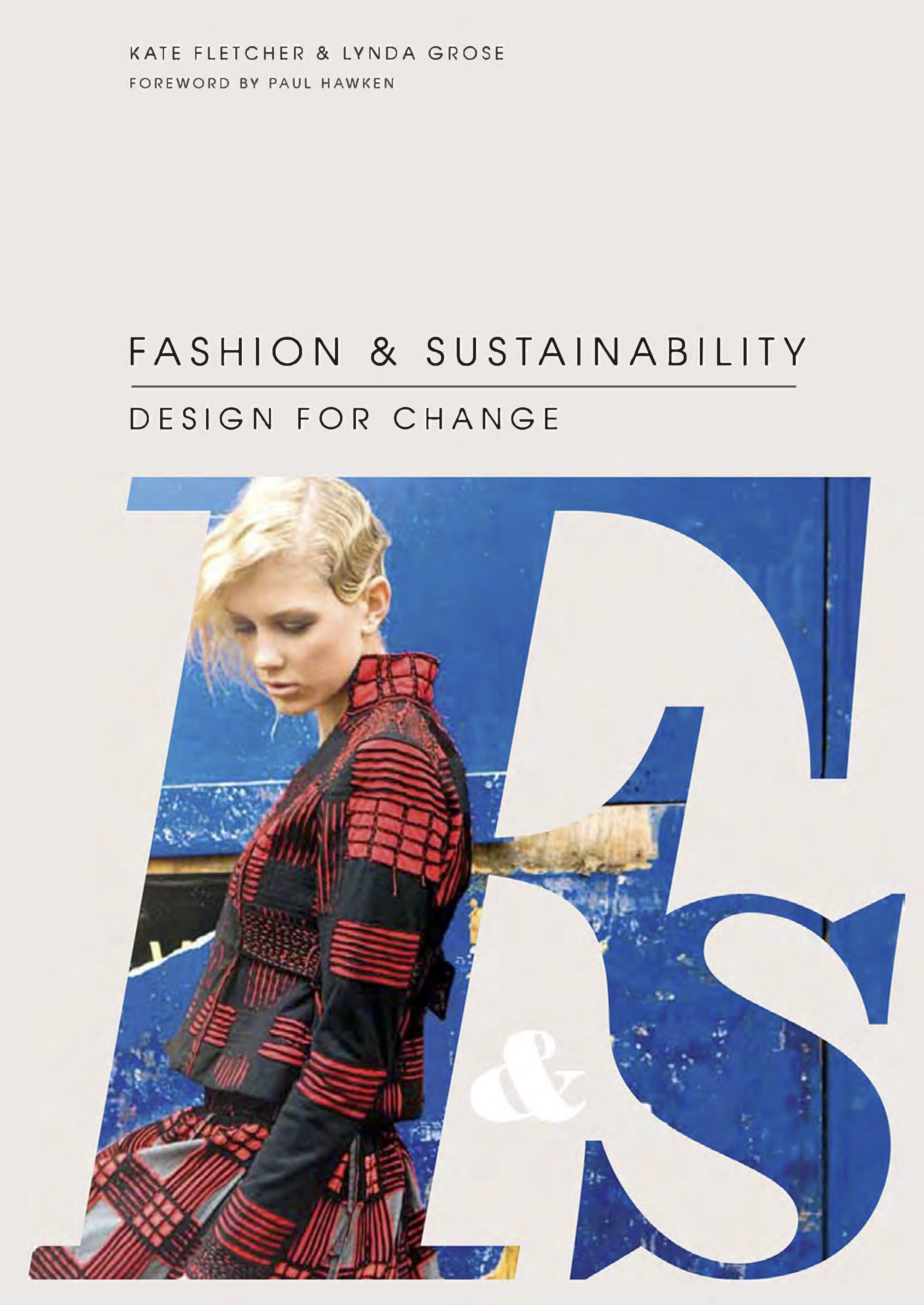The Future of Fashion Education
September 3, 2021
Jackie Shihadeh



From professors to mentors and designers themselves, fashion educators play a critical role in the lives and careers of many fashion talents and industry professionals. These educators usher in the next generation of creatives who in turn shape the future of fashion.
We spoke with educators Simon Ungless, Executive Director at Academy of Art University’s School of Fashion, and Lynda Grose, Chair and Professor of the Fashion Design Program at California College of the Arts, to discuss the future of fashion education.
What would you say is the most important thing an educator can do to benefit their students?
Simon Ungless: An educator must have a significant background working within the industry before going into teaching and should stay fully active in the industry while teaching; otherwise they have nothing to offer the students. Current real-world experience is the only way an instructor can keep up and provide the platform for their students to succeed.
Lynda Grose: Educators need to help students develop an internal compass to be able to ask the right questions and analyze answers to navigate an appropriate career path.
Did you have any standout educators or mentors in your life who you helped shape your career? What impact did they have on you? If not, how do you hope to fill this role for your own students?
S.U.: I had a group of incredible women lead both the undergrad and graduate programs I went through: Doreen Dyall, Natalie Gibson, Bobby Hillson and Louise Wilson. They were all immersed and active in the industry and were incredibly generous with sharing their own work with the students. We very much learned from their real-world experiences. Their knowledge, skill level, and ability to find and nurture the best in every student was extraordinary. All were deeply honest with feedback and never sugar-coated anything. They were all fearless to the core. I’ve tried to take the best bits I learned from them all and implement them in how I teach at the Academy.
L.G.: Yes, I definitely did. I would say my teachers at Fleetwood Grammar school, who instilled a love of learning and enabled me to get into college (first generation); Neville Wakelyn at Blackpool Tech foundation course, who advised, “you have to eat, breathe, sleep, think (your practice);” Daphne Brooker, Director of Kingston Fashion program, who noticed I was unhappy in my London job and offered a job interview opportunity in NYC; Doug and Susie Tompkins, Founders of ESPRIT, who created conditions in their company that provided a solid education in ecological and social justice, and in turn, Peter Buckley, who supported ecollection within ESPRIT International.
What do you think are the biggest challenges facing education right now?
S.U.: The big challenge for fashion education is having the courage to break away from outdated curriculum systems. Other creative industries are aware of this and are creating opportunities to learn in concise, concentrated ways. Fashion needs to do the same. Obviously, this will have a big impact on the revenue generated from tuition, but I believe if we do not make this move, we won’t have students to teach anyway.
L.G.: Some of the biggest hurdles I’d say are educating to meet critical social and ecological needs, which are many and growing, and bending curricula away from fashion commerce, which has contributed to creating these conditions. We need to unfreeze static structures in educational institutions, which don’t easily yield or respond to these needs.
Where do you see the future of fashion education heading? How do you imagine it will look in the next five years? 10 years?
S.U.: The traditional four-year model of a BFA degree is a dinosaur. Students are forced into taking so many classes they simply do not need in liberal arts, foundations, and electives in order to meet accreditation requirements. They often leave school with a bag full of units but very little else. Nobody needs to learn like this anymore.
Programs need to be short, concentrated, and student-centric. One size does not fit all in fashion education. Students need to develop the skills and gather the information they need to take them to where they want to go in the industry. There is no room to be a generalist anymore. Curriculum needs to be fluid and have the ability to change rapidly in order to be in step with the industry.
I hope to see the education experience become more of an apprenticeship, where students work more closely on real life projects with an industry expert as their mentor.
L.G.: In five years, I think programs will redirect teaching and their studio set-ups to reflect the reality of constrained resources. Fashion programs will teach political activism and use real regulation as points for learning how to organize. As the old industry continues to lag in centering sustainability, colleges will devise their own means of incubating new business models with ecological ethics and social justice at their core.
College structures will unfreeze to accommodate the more fluid transfer of ecological intelligence and learning. The walls of the college will become more permeable, as students work on real projects in real time, directly benefiting the local community, society, culture and ecology. The slow knowledge of social sciences will be integrated into undergraduate design and studio classes.
In 10 years, I foresee the ecologies of the local region and new ideas re-informing all fabric, processing, and construction techniques taught in the classroom. All concepts will regenerate the local ecosystem and economy. Designers will work alongside geographers, anthropologists, ecologists, biologists, political economists, and more to interrogate their concepts in the making in real time. Colleges will continuously prototype new forms of teaching, new types of designers, and new design fields to meet evolving social and ecological (real) needs.
What makes you most excited about the future of fashion?
S.U.: Emerging designers with unique points of view that have the necessary skills needed to support forging their own sustainable pathways either into the industry or in creating their own businesses. I’m hopeful that more young designers will break away from outdated systems and build their own way of doing things. I’m always most excited by designers who are not afraid to make their own mark and show us things we have never seen before.
L.G.: I think back to a time being in Lahore Pakistan some years ago at a bazaar, where I was matching thread colors for an embroidery I was working on with a local co-op. The lady next to me leaned over, touched my colored swatches, and motioned her approval. The mutual appreciation and resulting bond between us was lightning fast.
Fashion is a potent language, immediately understood across cultures and demographics. Textiles and dressing systems have enormous potential to communicate new values. The creativity of fashion designers is limitless and their dogged commitment unquestioned and once applied to social and ecological needs will create the breakthroughs we need.







Simon Ungless | When Simon Met Ralph
Simon Ungless | When Simon Met Ralph
Simon Ungless | When Simon Met Ralph
Simon Ungless | When Simon Met Ralph
Lynda Grose | ESPRIT ecollection montage, 1992-1995
Lynda Grose | Fashion & Sustainability book cover, 2008
Lynda Grose | Blue Sweater, from the series: garments designed with the potential to evolve over time, 2020

